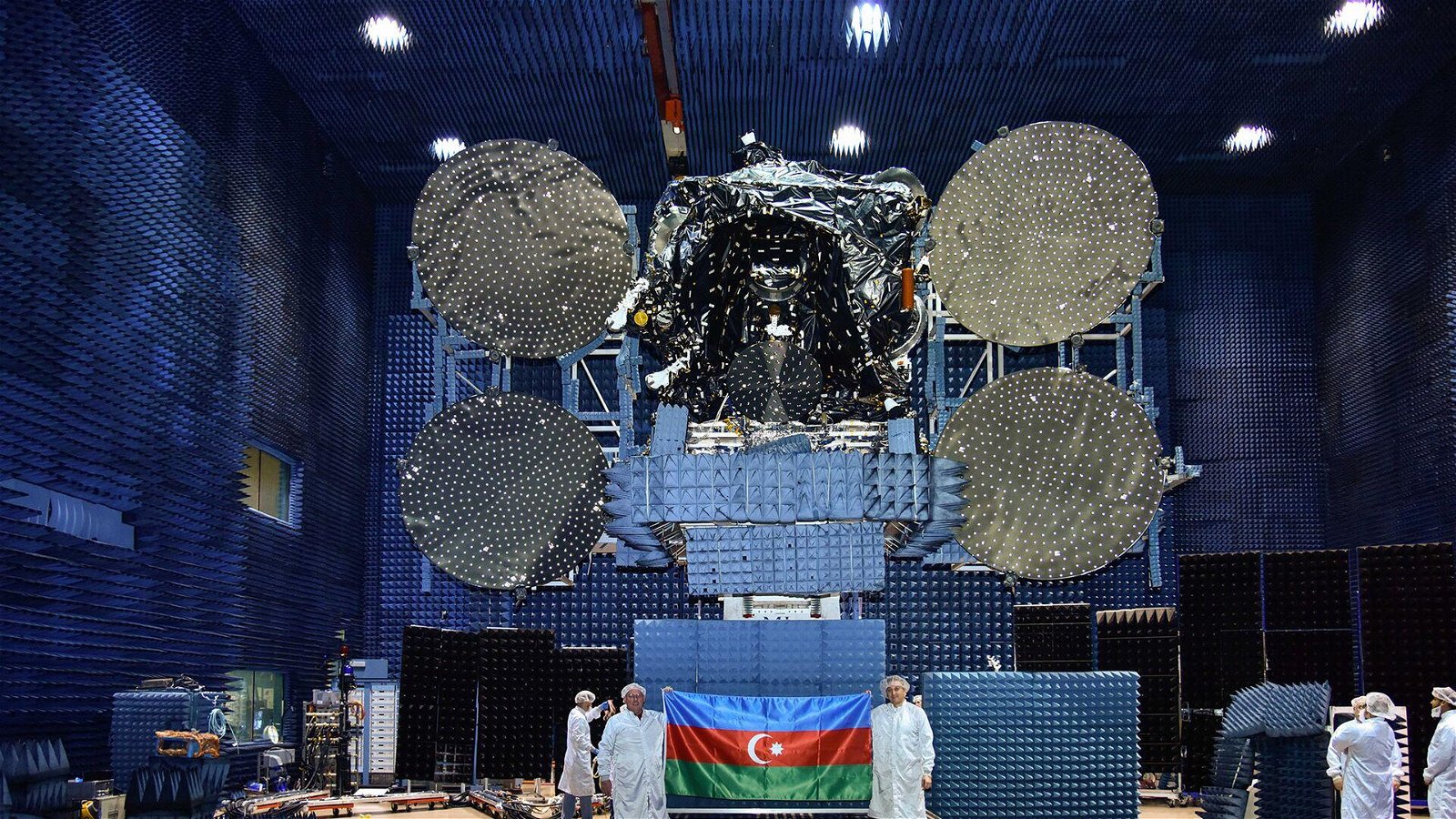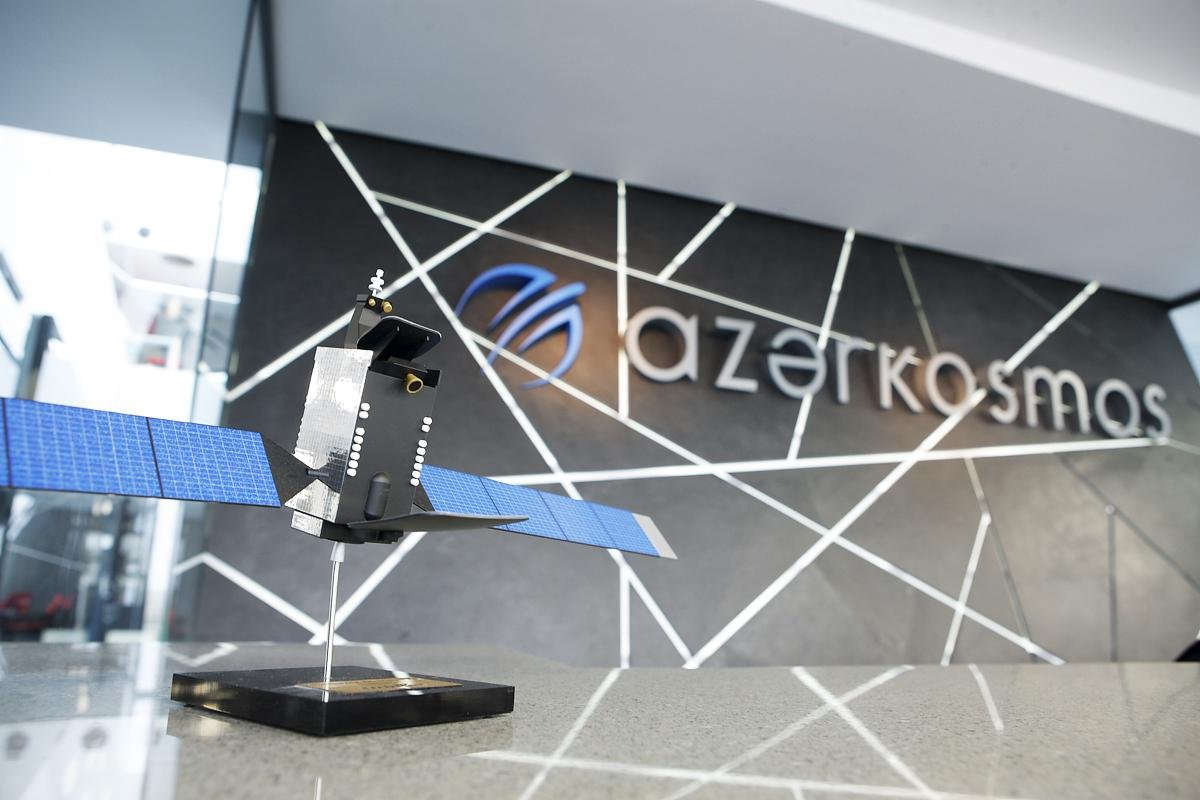Azerbaijan broadens geography of satellite-based Earth remote sensing Anaysis by Caliber.Az
Four years ago, Azerbaijan adopted the state program "Development of Earth remote sensing services for 2019-2022", which provides for the use of Azersky optical satellite data. Over the past four years, the space operator Azerkosmos OJSC has implemented over 400 projects in this area in cooperation with local government agencies and educational institutions. At the same time, the agency makes every effort to expand international cooperation in the field of optical services, introduce new technologies, and create a regional space hub in the republic. Achievements and promising projects in this direction were discussed on December 1 in Baku at the conference dedicated to the results of the state program.
For about a decade Azerbaijan has been successfully developing the national space industry by launching into orbit two communication satellites and the low orbital optical device Azersky. It is noteworthy that the Earth sensing satellite launched in June 2014 is designed for 12 years of orbital operation. This low-orbit spacecraft is capable of imaging an area of 36 thousand square meters in a single orbit and has the necessary power to obtain high-quality images with a resolution of up to 1.5 meters in an area of 6 million square meters per day. Moreover, within the framework of the strategic partnership with Airbus Defence and Space the space operator of Azerbaijan got access to the resources of Pléiades 1A and 1B satellites, the optical capabilities of which provide images of up to 0.5 meters resolution.
Such a capability of the Azersky satellite has played a very important role in ensuring the country's defence and security, as well as in performing reconnaissance in the deep rear of a potential enemy. In particular, the images transmitted by the low-orbit satellite helped the Azerbaijani army during the Patriotic War, which resulted in the de-occupation of the Karabakh region.

Meanwhile, the resources of the optical satellite are used in the country in such areas as agriculture, environmental protection, emergencies, mining industry, land reclamation, and water management, transport, and road infrastructure, laying power lines, tourism, cartography, urban development, and cadastre works.
The optical apparatus, the income from commercial exploitation of which last year exceeded $60 million, plays no less important role in the peaceful development of the liberated territories. Not so long ago the Ministry of Agriculture together with Azerkosmos carried out mapping of actual arable lands in the liberated territories on the basis of satellite images of perennial plantations, the state of the forest fund in the Karabakh region is also studied. Only last year over 75 projects were realized using satellite images, 27 of which - in Karabakh and Eastern Zangazur, including work on the creation of fishery farms, installation of greenhouse complexes, and the definition of auspicious areas for the creation of agro-parks. And to assess the damage caused by the occupation, schematic materials were prepared based on satellite images of 889 settlements in the liberated administrative-territorial units to document the pre-war state as well as to determine the potential for settlement.
Last September, the Baku Transport Agency (BTA) and Azerkosmos signed a Memorandum of Understanding stipulating the use of Azersky satellite imagery to control roads and optimize the transport infrastructure of Baku.
At the same time, the information from the Azersky satellite was used to prepare a map of possible crops, lay olive and hazelnut orchards, select suitable lands for establishing large beekeeping farms, and monitor the irrigation of cotton fields. Space imagery also enriched the database of the Electronic Farming Information System, providing valuable data on the resources of agricultural lands, and their condition, helping to detect erosion processes and to timely warn of climate changes and land degradation. Studies of the country's water resources were started with the use of space capabilities: monitoring with the help of a domestic optical device will make it possible to detect the location of water bodies, especially underground sources with an accuracy of 80-95%.

"One of the most complicated global problems today is climate change. In particular, the capabilities of our optical satellite were used to monitor the glaciers in the Greater and Lesser Caucasus Mountains, to study changes in the level of water in the Kura River, to create a database on areas affected by climate change, to carry out major projects such as assessment of the scale and forecasting in connection with forest fires", Azerkosmos chairman of board Sameddin Asadov said at the conference devoted to the results of the state program of Earth remote sensing services. In particular, intensive satellite monitoring of fires was conducted in August 2022 on the territory of north-eastern and north-western regions of the country: based on analysis of satellite images the areas of fires spread were determined, their classification by forest, bush, pasture, and crop areas was made, the total area of the disaster was calculated which played a significant role in the identification of fire spots and their localization.
In general, the implementation of the state program "Development of Earth remote sensing services for 2019-2022" provides for the implementation of nearly a hundred activities in nine areas. Thanks to the use of satellite images Azerkosmos in cooperation with about 32 government agencies and educational institutions has implemented more than 400 projects, of which about 137 were dedicated to scientific presentations. "In order to train specialists in the area of geographic information systems (GIS) and to expand the use of satellite data for scientific research the Aerospace Monitoring Training Centre has already started operating in the National Aviation Academy," Asadov noted.
According to the head of the space agency, in the coming years, the company expects a growth in revenues due to the commercial operation of satellite technologies. Already today, over five-sixths of all revenues of space operator Azerkosmos OJSC are formed in foreign markets and come from more than 300 clients from 40 countries. And in the case of the Azersky satellite, this figure is even higher - about 98% of income is formed at the expense of providing services to foreign customers. Cooperation between Azerkosmos and the space agencies of Türkiye and other member countries of the Organization of Turkic States (OTS) is seen as quite promising. In particular, in September the Azerbaijan Space Agency and the Space Agency of Türkiye signed a memorandum of understanding, under which the countries intend to strengthen cooperation in the development of technology and Earth observation. This trend dominates in relation to other member countries of the OTS: two Azerbaijani satellites - Azersky and Azerspace-1 already provide services to Kyrgyz partners, and in May a memorandum of cooperation was signed between Azerkosmos and the space agencies of Kazakhstan and Uzbekistan during the international conference "Space Technology Conference STC-2022". The parties intend to establish cooperation in the field of training and professional development of specialized personnel, to implement projects on space technology and exchange experience in the introduction and regulation of space monitoring and GIS centers. The satellite operator of Azerbaijan will support its partners in Central Asia in drawing electronic maps of agricultural lands, mineral resources search, water, and soil resources monitoring, etc.
Taking into account the growing commercial demand for remote sensing services in the region, Azerbaijan is studying the possibility of creating an orbital system consisting of a group of small optical satellites.








